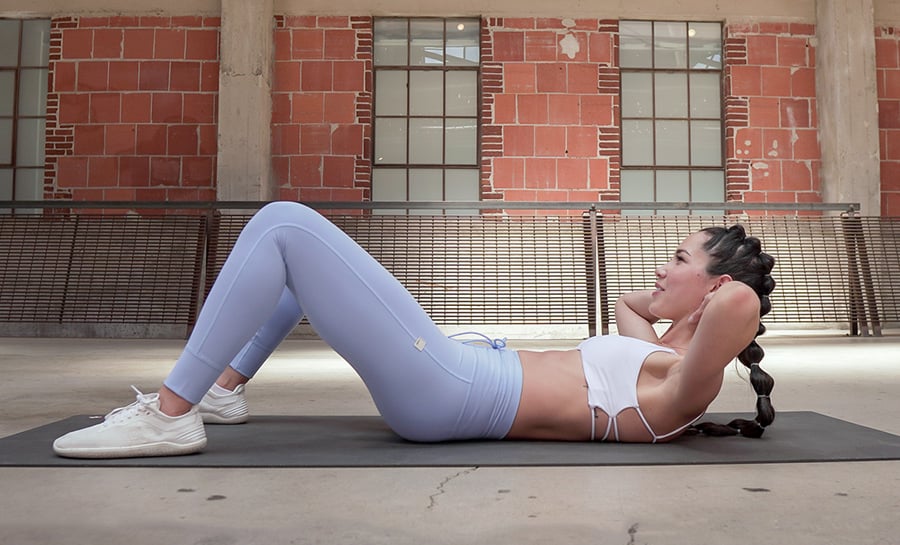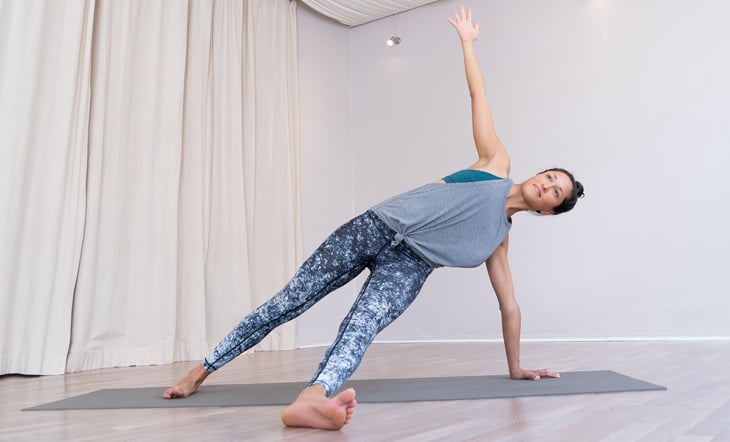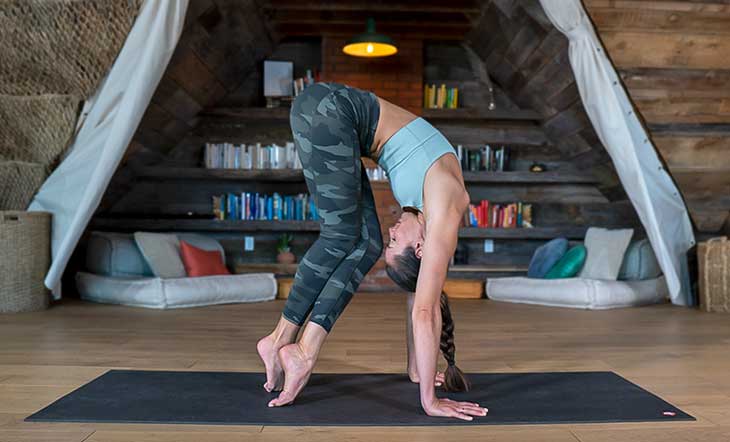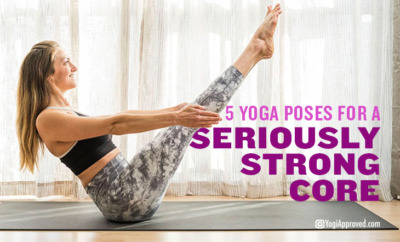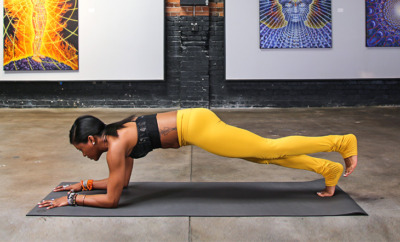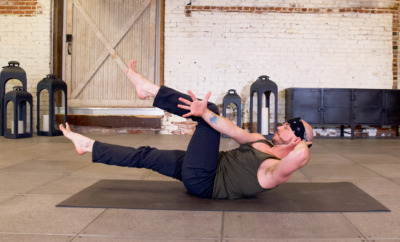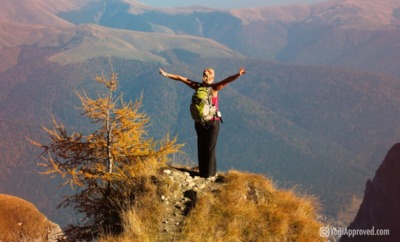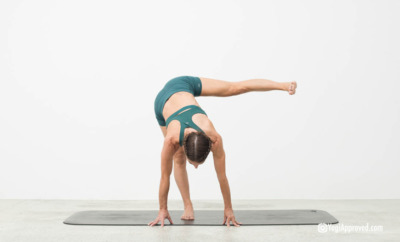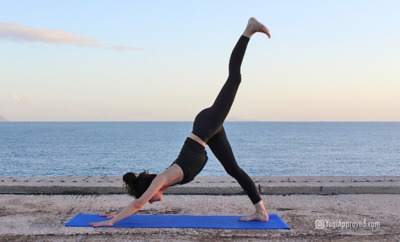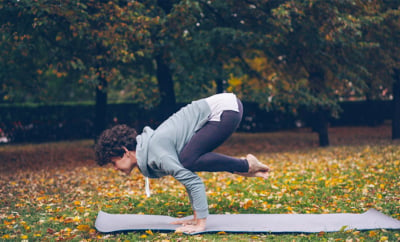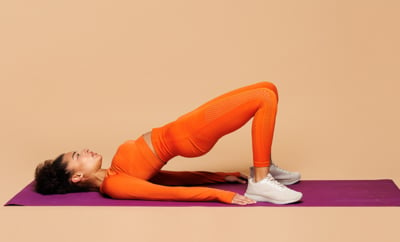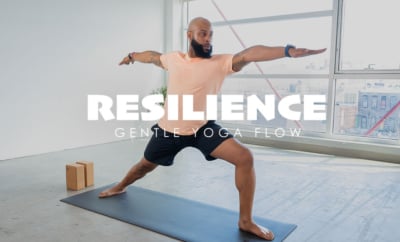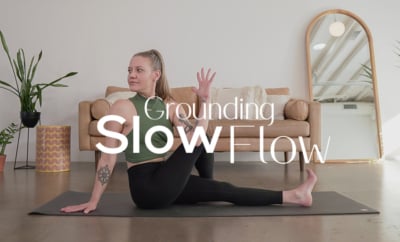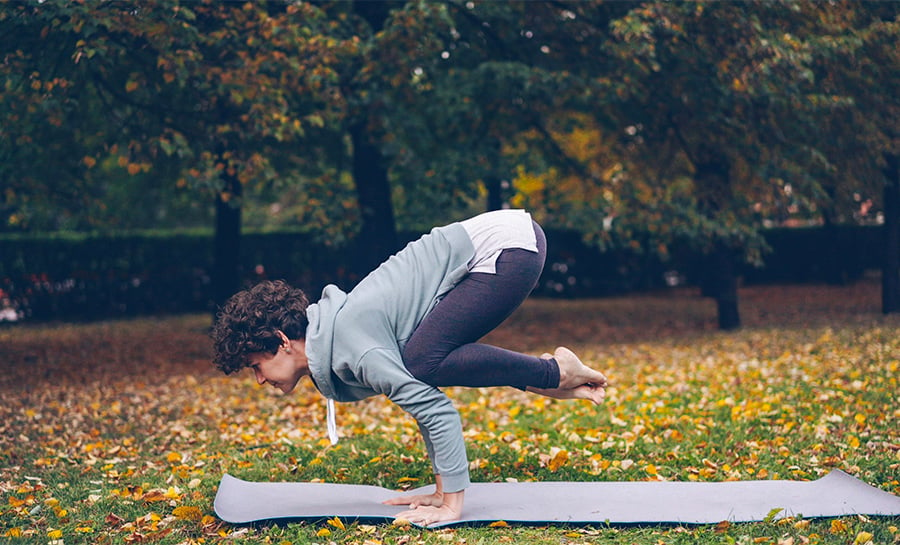Abdominal Anatomy + Yoga Poses to Strengthen Your Full Core

abdominal anatomy featured image
All of life’s problems can be answered with some simple core exercises. Okay maybe not all, but having core awareness and a solid understanding of the core’s anatomy is a very important part of your yoga practice. This article will help you gain body awareness, establish a mind-body connection, and learn how to properly strengthen, control, and activate the abdominal muscles.
Our yoga practice is a fantastic example of the impact the core can have on the entire body and even the mind. A weak core can leave us vulnerable to injury from poor alignment; a disengaged core can make our balancing postures unstable. Inversely, engaging different parts of the core can make us feel weightless. Read on for our guide on the anatomy of the core and key yoga poses to practice to activate and strengthen your abs.
Core Class: Here’s A 20-Min Fitness Class for Ab Activation 🔥 (All-Levels Core Workout)
Yoga Core Anatomy: 4 Main Muscles & How They Are Used in Yoga
Our core is deep and cylindrical, and made up of a larger area than most people focus on. Think of the core in terms of these four regions: the pelvic floor, the abdominal muscles, the iliopsoas and the diaphragm. Together these areas work to stabilize the body and keep it strong.
So when your yoga teacher instructs you to “engage your core,” know he/she is not just referring to the abdominal region, but so much more . . . Today we will focus on what most people visualize when they hear “core” and how the muscles in the abdominal region relate to our yoga practice.
Here are the four main muscles of our abdominals, along with how we use them in our yoga practice, and poses we can use to strengthen these muscle groups.
1. Rectus Abdominus
We will start with the outermost layer of the abdominals and the muscles that can create the six-pack look. These muscles are long and flat, and extend the length of the abdomen.

Yoga poses to strengthen these muscles:
- Virabhadrasana III (Warrior III)
- Tolasana (Scale Pose)
- Ardha Navasana (Half Boat Pose)
When contracted, these muscles flex the trunk forward by pulling the ribs and pelvis in and curving the back. The rectus abdominus is also used to stabilize and sometimes lift the pelvis. If our rectus abdominus is tight, we will feel limitations in our backbends.
Looking for more yoga tutorials and yoga tips? Check out our full library of Yoga articles here
2. External Oblique
The external oblique, which is the larger of the two obliques (side abdominals), consists of sheet-like muscles that are superficial (closer to the skin) and cross diagonal (downward) from the ribs to the pelvis, framing the rectus abdominus.

Yoga poses to strengthen these muscles:
- Ardha Chandrasana (Half Moon Pose)
- Parighasana (Gate Pose)
- Utthita Parsvakonasana (Side Angle Pose)
Located on each side of the torso, the external obliques enable us to bend sideways, bring the chest forward and compress the abdomen when these muscles are contracted. They are one of the larger muscles covering the sides of the abdomen and contribute to many of the movements we make with our torso. If we are tight in our external obliques, our ability to bend and twist will be much more limited.
3. Internal Oblique
Your internal obliques are deeper than the external obliques and run upward from the iliac crest to the lower ribs. They serve as strong stabilizing muscles for the trunk.

Yoga poses to strengthen these muscles:
- Utthita Trikonasana (Extended Triangle Pose)
- Parivrtta Trikonasana (Revolved Triangle Pose)
- Marichyasana III (Sage Pose)
The internal obliques are much smaller than the external obliques, but still provide many movements for the body. Contraction of the internal oblique not only bends the trunk laterally, but it can also rotate the torso and draw the opposite shoulder forward. When combined with the contraction of the external oblique, it allows the upper body to twist more deeply.
4. Transversus Abdominis
Your transversus abdominis is the deepest of the abdominal muscles. These muscles run horizontally and wrap around our abdomen. Because of this, they are often referred to as a “muscle corset.”
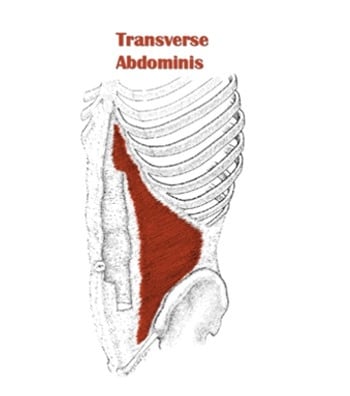
Yoga poses to strengthen these muscles:
- Navasana (Boat Pose)
- Chaturanga Dandasana (Plank Pose)
- Virabhadrasana III (Warrior 3)
When we contract the transversus abdominis, we compress the abdomen and tone the abdominal organs. They often work with the pelvic floor when contracted (ever have to “hold it” when trying to find a bathroom?) and are connected with the Uddiyana Bandha.
Core Anatomy: Strengthen Your Abs With These Yoga Poses
When we break down the four areas of our abdominal core, we can better connect to these areas in our yoga practice. Practice these suggested poses and see if your awareness of these muscles can become more attuned. When we are able to tap into this very powerful part of the body, we are also able to tap into its powerful energy.
Have you been a little confused about your “core connection” during your yoga practice? Does breaking these muscles down help you understand and feel what your body is doing in certain poses? We would love to hear from you, so please leave your thoughts in the comments below.
More Core Classes on YA Classes
YA Classes features a variety of yoga and movement classes to help you tone and strengthen your core. Head there now for sizzling classes and toned abs. Not yet a YA Classes member? Try it out for free for 14 days.


This Month's Letter
From the Editor
Monthly motivation and food for
thought from our founder.

